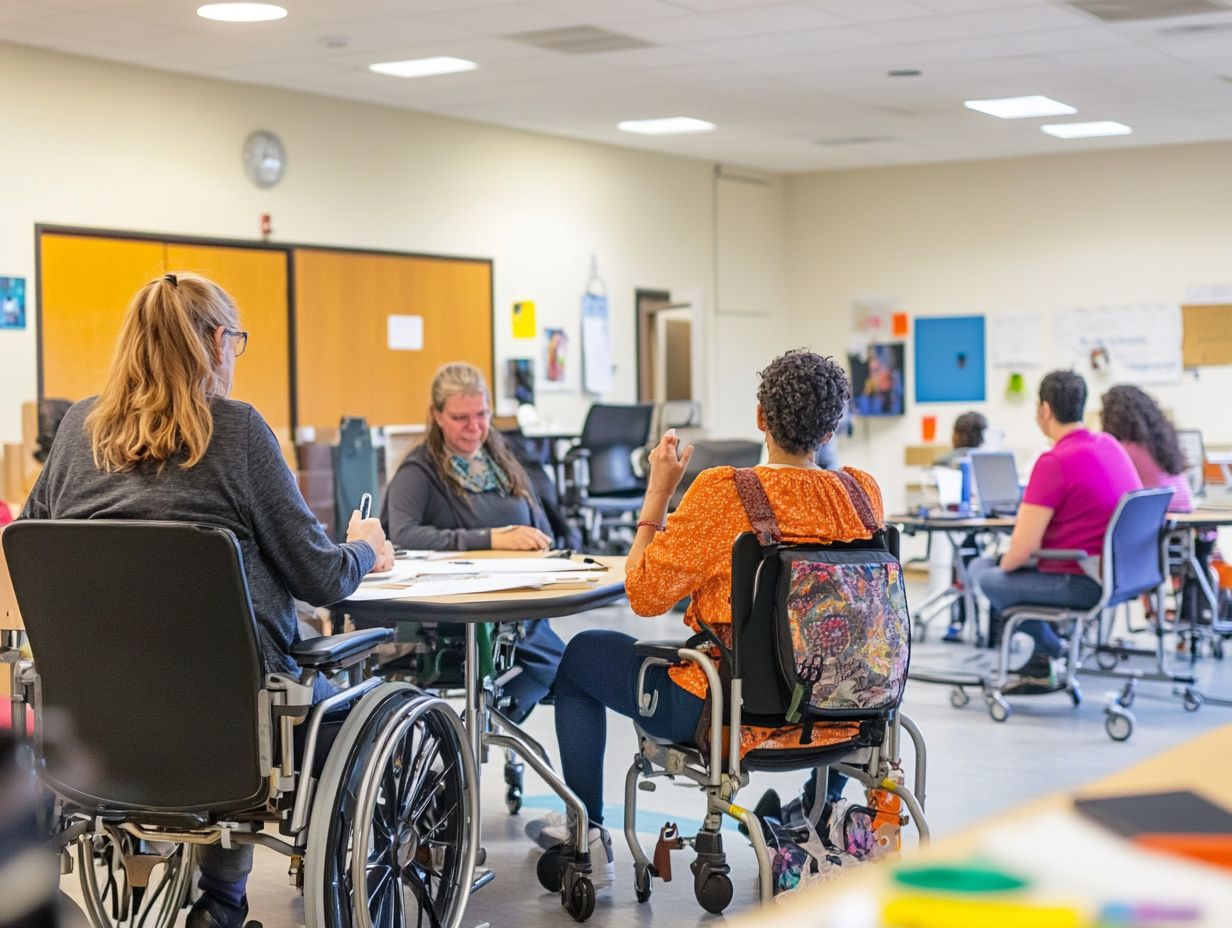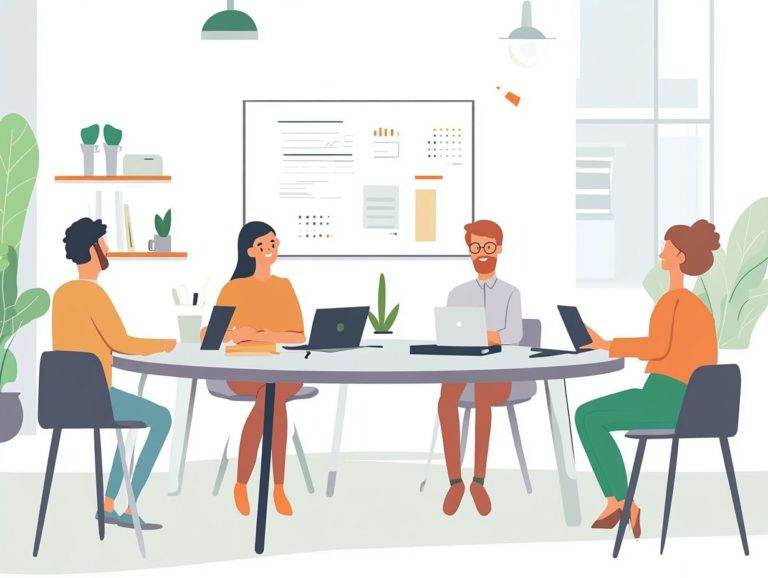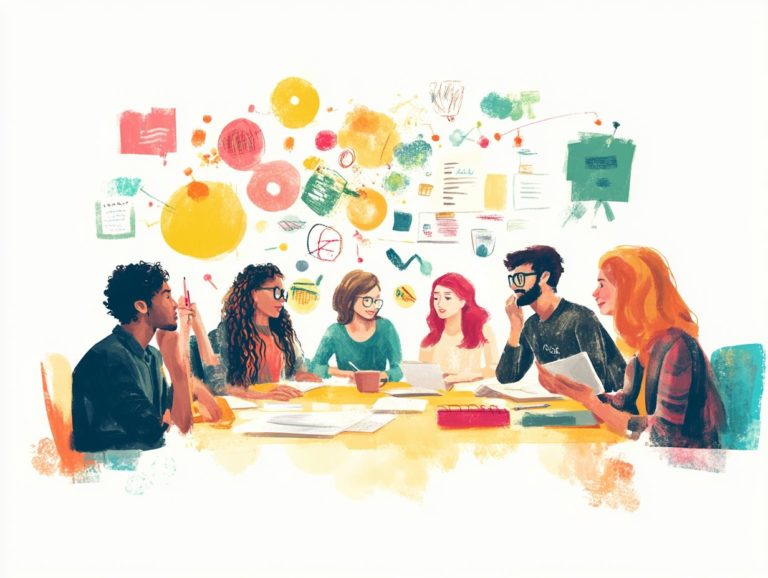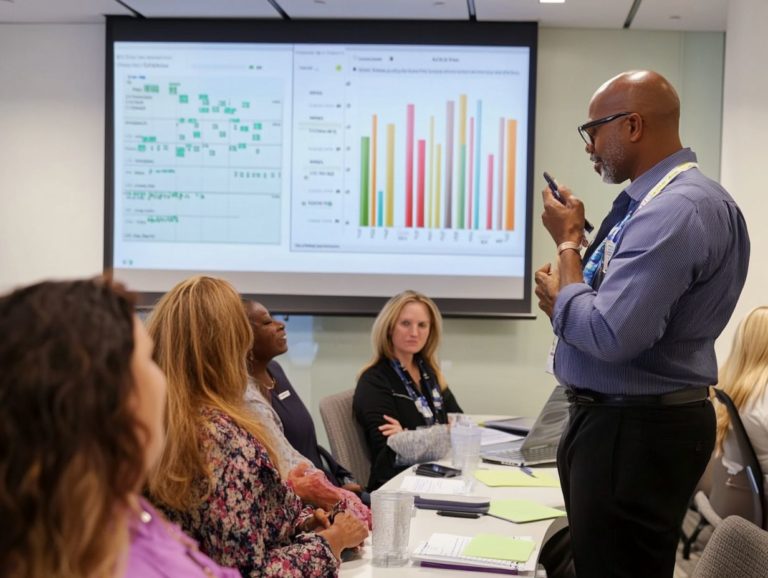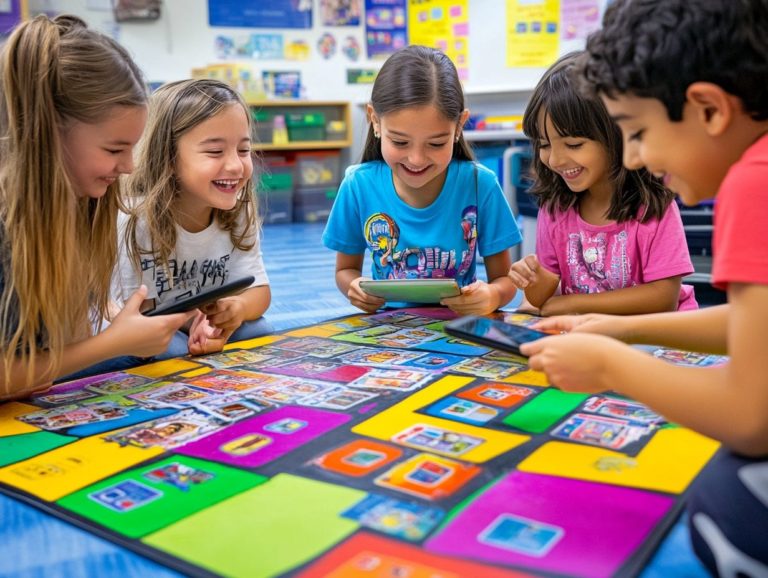Creating Accessible Skill Enhancement Programs
In today s rapidly evolving job market, skill enhancement programs are essential for your career growth and personal development.
However, you may also face barriers that hinder your access to these invaluable opportunities. This article delves into the necessity of inclusivity in skill development, highlighting common challenges and discussing how to design programs that meet diverse needs.
Discover strategies you can use now to implement these programs successfully, methods for measuring impact, and ways to continuously improve accessibility.
Embrace the call for a more inclusive approach to skill enhancement that empowers you and everyone around you.
Contents
- Key Takeaways:
- The Importance of Accessible Skill Enhancement Programs
- Identifying Barriers to Accessibility
- Designing Accessible Skill Enhancement Programs
- Implementing Accessible Skill Enhancement Programs
- Measuring the Impact of Accessibility
- Continuing to Improve Accessibility
- Your Questions Answered
- What are the benefits of creating accessible skill enhancement programs?
- How can I ensure my skill enhancement program is accessible?
- What are some common barriers that individuals with disabilities may face in skill enhancement programs?
- Are there any resources or guidelines available for creating accessible skill enhancement programs?
- Do I need to make accommodations for every type of disability in my skill enhancement program?
- Can I still offer a competitive and challenging skill enhancement program while making it accessible?
Key Takeaways:
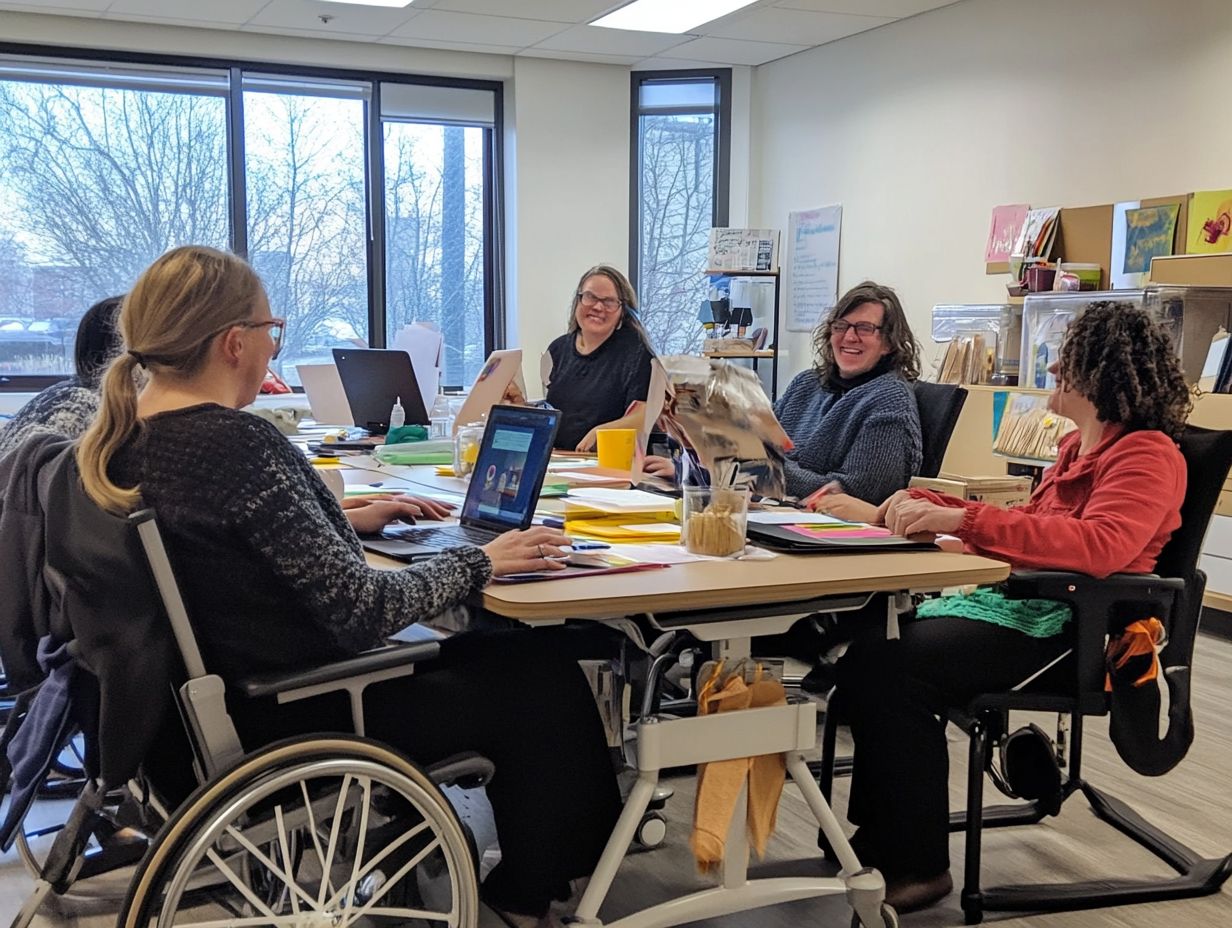
- Inclusivity is crucial in skill enhancement programs to provide equal opportunities for individuals of all abilities.
- Barriers to accessibility can range from physical, technological, and societal challenges, and must be identified to create truly accessible programs.
- Inclusive design and strategies for successful implementation are essential for creating effective and impactful skill enhancement programs for all individuals.
The Importance of Accessible Skill Enhancement Programs
The significance of accessible skill enhancement programs cannot be overstated. Not only do these programs follow the Americans with Disabilities Act (ADA) and other accessibility laws, but they also pave the way for equal opportunities in the workplace. To learn more about the best practices for skill enhancement programs for individuals with disabilities, it’s essential to explore effective strategies.
Such programs have the potential to greatly enhance employee longevity and engagement, creating a diverse workforce that thrives on inclusivity and representation.
By designing training sessions with accessibility in mind, companies can guarantee that all employees develop essential skills without facing barriers, thereby creating an environment that values everyone.
Understanding the Need for Inclusivity
Understanding the importance of inclusivity in skill enhancement programs is essential for creating a workplace that effectively addresses the diverse needs of all individuals, including those with learning disabilities, visual impairments, and hearing impairments.
In such an environment, you can expect increased employee engagement and retention, as individuals feel both valued and supported. Implementing training programs that teach staff sign language promotes effective communication with hearing-impaired colleagues and fosters empathy and understanding among all team members.
Initiatives that focus on adaptive technology for visually impaired individuals showcase your organization s commitment to accessibility, enabling everyone to contribute their best. By prioritizing these practices, you cultivate a culture of inclusivity that enhances collaboration and drives innovation.
Identifying Barriers to Accessibility
Identifying barriers to accessibility is crucial for organizations aspiring to cultivate an inclusive environment where every employee can flourish. These barriers may encompass cognitive challenges linked to learning disabilities, physical accessibility issues for individuals utilizing mobility aids, and the absence of digital accommodations, such as screen readers and closed captioning.
Addressing these concerns not only enhances the workplace but also demonstrates a commitment to diversity and inclusion.
Common Challenges Faced by Individuals
Individuals with disabilities encounter several challenges that can impede their participation in skill enhancement programs. These challenges can stem from issues related to visual impairments, hearing impairments, and learning disabilities.
Such challenges often present themselves in various ways, including inaccessible materials, inadequate accommodations, or a lack of understanding from instructors regarding how to effectively engage and support diverse learners. Traditional training methods frequently overlook the unique needs of these individuals, which can lead to frustration and disengagement.
Implementing tailored solutions such as customized learning materials, interactive teaching techniques, and strong support systems will greatly enhance accessibility. Recognizing the specific barriers you face is essential, as this understanding can guide the development of better program designs that encourage participation and cultivate an inclusive learning environment.
Creating accessible skill enhancement programs isn’t just a legal requirement; it’s a chance to empower everyone in your organization. To understand how these initiatives have progressed, check out the evolution of skill enhancement programs. Start today to make a real difference!
Designing Accessible Skill Enhancement Programs
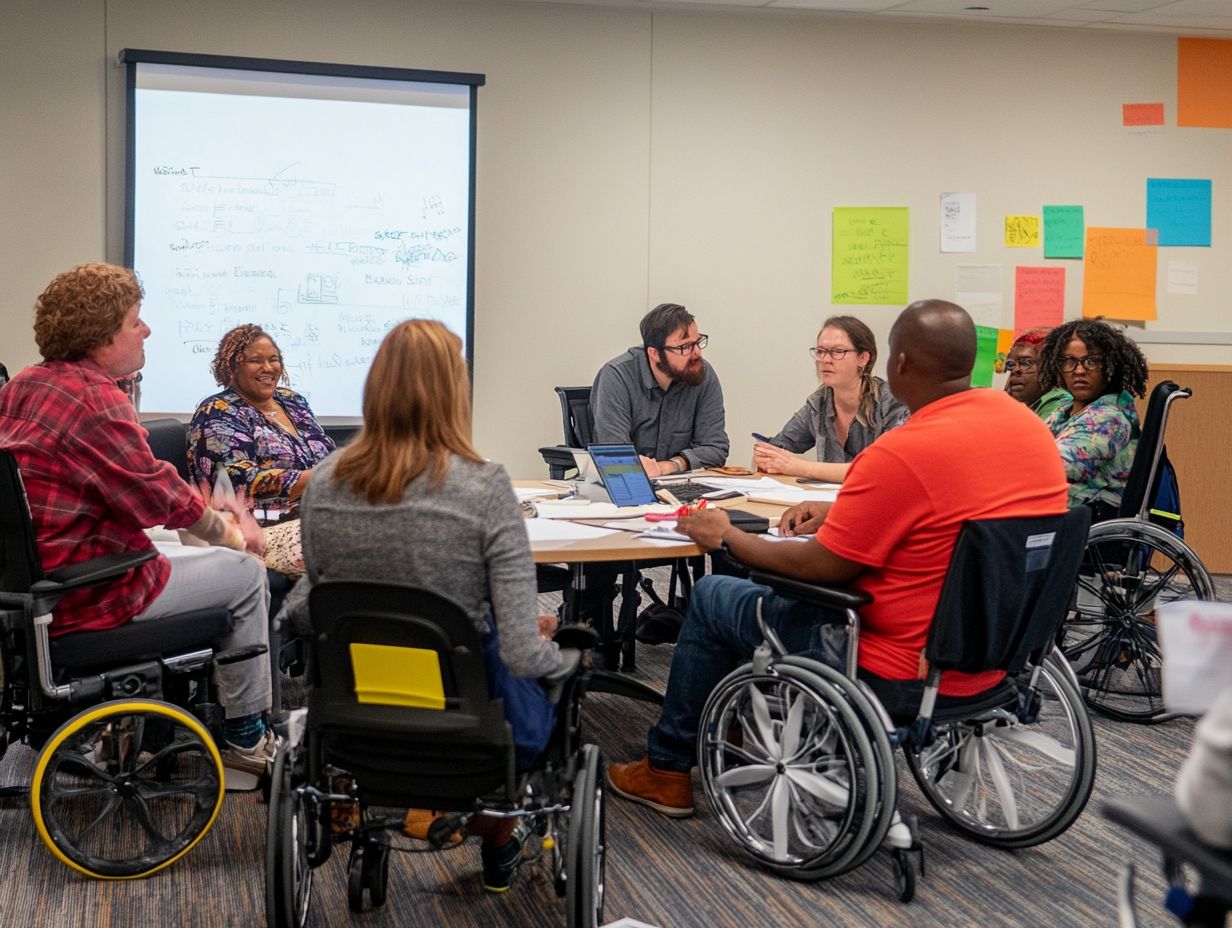
When designing accessible skill enhancement programs, incorporate the principles of Universal Design for Learning (UDL). This approach ensures that your training materials accommodate a diverse range of abilities while complying with accessibility regulations, which is crucial for understanding the future of skill enhancement programs.
By doing so, you foster an inclusive learning environment that benefits everyone involved.
Key Considerations for Inclusive Design
Key considerations for inclusive design in your training programs include integrating assistive technology tools that help people with disabilities and creating educational resources that cater to diverse learning needs.
Incorporating tools like screen readers allows individuals with visual impairments to access text-based content, while mobility aids enhance navigation in physical spaces. These adaptations can significantly improve learning outcomes.
Adjusting your training materials to meet various accessibility standards aids comprehension and fosters a sense of belonging among participants. Thoughtfully employing these technologies contributes to a more inclusive environment where everyone can thrive.
This approach truly makes learning exciting and fair for everyone!
Implementing Accessible Skill Enhancement Programs
Implementing accessible skill enhancement programs requires a strategic approach that emphasizes effective training, fosters employee engagement, and prioritizes the collection of feedback. To achieve this, understanding how to build a skill enhancement curriculum is essential. This commitment to continuous adaptation and improvement ensures that the learning experience remains enriching for all participants, including those engaged in remote learning environments.
Strategies for Successful Implementation
Successful implementation of accessible skill enhancement programs involves prioritizing engagement through interactive training sessions and incorporating accessibility features that cater to diverse learning needs, as outlined in how to create an inclusive skill enhancement program.
Foster an inclusive environment by utilizing diverse instructional methods that appeal to different learning styles, such as visual aids, hands-on activities, and digital content.
It’s also essential to gather consistent feedback from employees regarding the training’s effectiveness. This information helps identify areas for improvement.
By continuously updating your training materials, you ensure they remain relevant and accessible, reflecting current trends and technologies. Adopting these strategies enhances skill development and promotes a culture of inclusivity and ongoing learning within your organization.
Measuring the Impact of Accessibility
Measuring the impact of accessibility in skill enhancement programs is crucial for understanding the true effectiveness of your training initiatives. This also ensures compliance with accessibility laws and addresses the barriers encountered by employees with disabilities.
Ultimately, this fosters an inclusive environment that benefits everyone.
Evaluating Effectiveness and Addressing Challenges
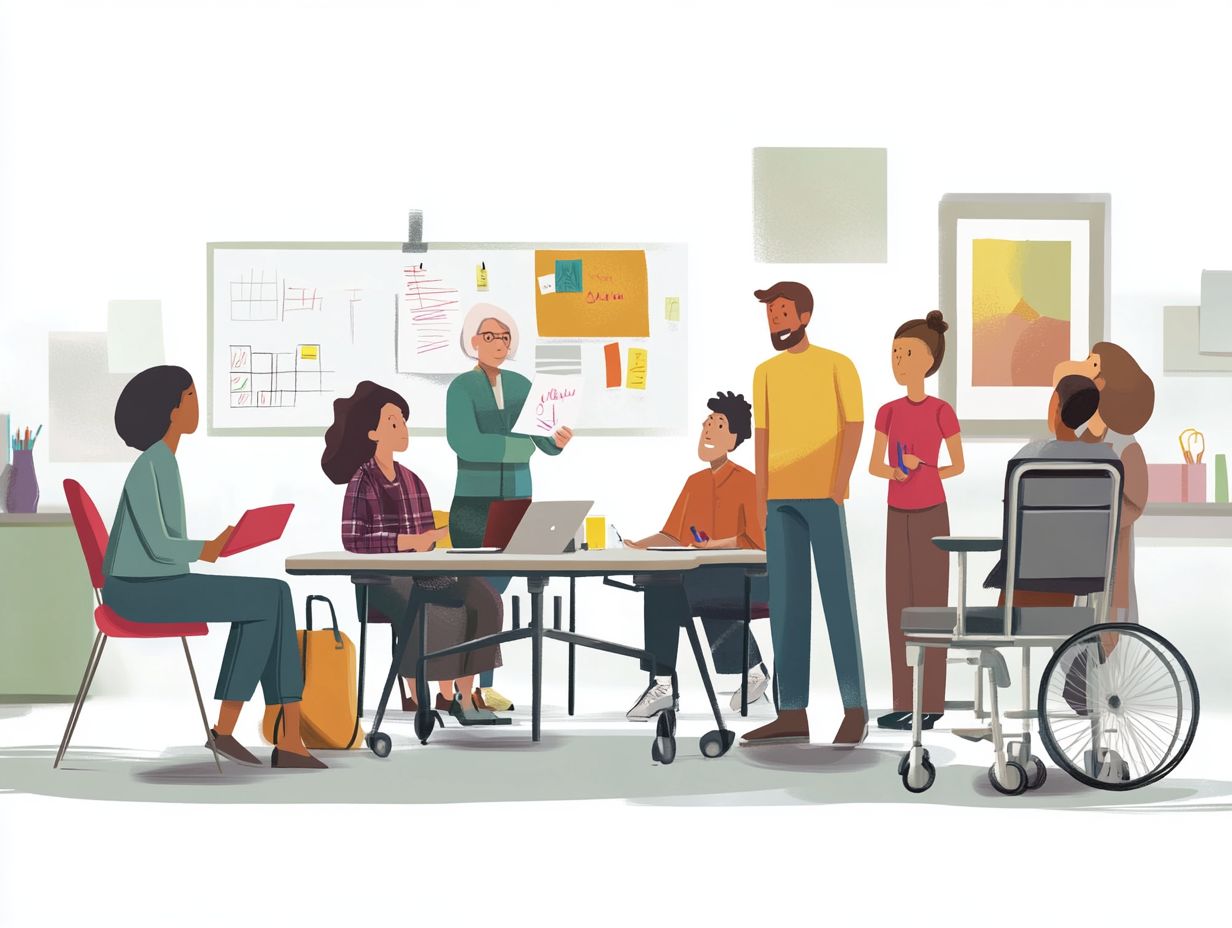
Evaluating the effectiveness of accessible skill enhancement programs requires you to address the challenges of implementing accessibility features while ensuring diverse employee needs are represented.
Establishing clear criteria and metrics for success is essential for this evaluation. Consider employing regular feedback loops that invite participants to share their experiences and suggestions, ensuring their voices truly matter.
Integrating performance reviews systematically helps assess both individual progress and overall program outcomes. Training evaluators to mitigate biases can significantly improve the accuracy of these assessments.
To tackle potential hurdles, fostering an open dialogue among stakeholders enhances understanding and collaboration. This paves the way for creative problem-solving and adaptation throughout the evaluation process.
Start designing your inclusive programs today for a better tomorrow!
Continuing to Improve Accessibility
Enhancing accessibility in skill development programs requires your unwavering commitment to inclusivity. This involves actively seeking regular feedback and continuously refining training materials, including integrating technology in skill enhancement programs, to adapt to the changing needs of a diverse workforce.
Embracing this iterative process not only fosters a more inclusive environment but also enables every individual to thrive.
Adapting and Evolving Programs for Continuous Inclusivity
Adapting and evolving your programs for continuous inclusivity requires a good understanding of your employees’ changing needs. It also involves integrating updated training materials that align with the latest accessibility standards guidelines that ensure everyone, including individuals with disabilities, can use services and products.
Stay updated on advancements in accessibility legislation and technology to create an inclusive work environment. As laws and innovations progress, your methods for engaging with every team member regardless of their abilities must evolve too.
Keep your training programs fresh and responsive to the needs of your workforce. By routinely updating them and ensuring adaptability, you can cater to a diverse workforce, ultimately enhancing both employee satisfaction and productivity. Incorporating real-time feedback and emerging best practices enables your company to effectively address the unique challenges faced by staff, enabling everyone to flourish in a supportive and accessible atmosphere.
Your Questions Answered
-
What are the benefits of creating accessible skill enhancement programs?
Creating accessible programs helps individuals with disabilities participate and benefit from the program, promoting inclusivity and diversity. It also helps organizations meet legal requirements and improve their reputation as a socially responsible entity.
-
How can I ensure my skill enhancement program is accessible?
Start by identifying potential barriers that individuals with disabilities may face in participating in the program. Then, make necessary modifications, such as providing alternative formats for materials, ensuring physical accessibility, and offering assistive technology.
-
What are some common barriers that individuals with disabilities may face in skill enhancement programs?
Some common barriers include inaccessible physical environments, lack of accommodations for specific disabilities, and inaccessible materials or technology. Lack of awareness and understanding of different disabilities can also be a barrier.
-
Are there any resources or guidelines available for creating accessible skill enhancement programs?
Yes, various resources and guidelines are available from government agencies and disability organizations that provide step-by-step instructions and best practices for creating accessible programs. Some examples include the Americans with Disabilities Act (ADA) and the Web Content Accessibility Guidelines (WCAG).
-
Do I need to make accommodations for every type of disability in my skill enhancement program?
Yes, it is important to consider and make accommodations for different types of disabilities in order to provide equal access to the program. Accommodations should be based on the needs of individual participants and may vary from person to person.
-
Can I still offer a competitive and challenging skill enhancement program while making it accessible?
Absolutely! Accessibility does not mean compromising on the quality or competitiveness of the program. With proper planning and consideration, it is possible to create an inclusive and challenging program that accommodates the needs of individuals with disabilities.
Join us in making skill enhancement accessible for everyone!

